First person: How I keep my Parkinson's symptoms at bay with a rigorous exercise regimen
It was so easy to ignore the symptoms.
The trembling of the left arm on a Christmas afternoon when the air conditioner conked out as we were heading to holiday dinner was easily chalked up to stress.
The slight jiggling of my hand-held coffee cup noticed by an editor could have been attributed to too much caffeine, while the whole-body subtle quivering surely was a symptom of hypertension.
So, after being told by experts that there was no need for concern and there was no history of progressive neurological movement disorders in our family, my hope was that my visit to a neurologist back in October 2018 would end with a prognosis of restless tremors and a handful of prescriptions.
That couldn’t have been further from the truth.
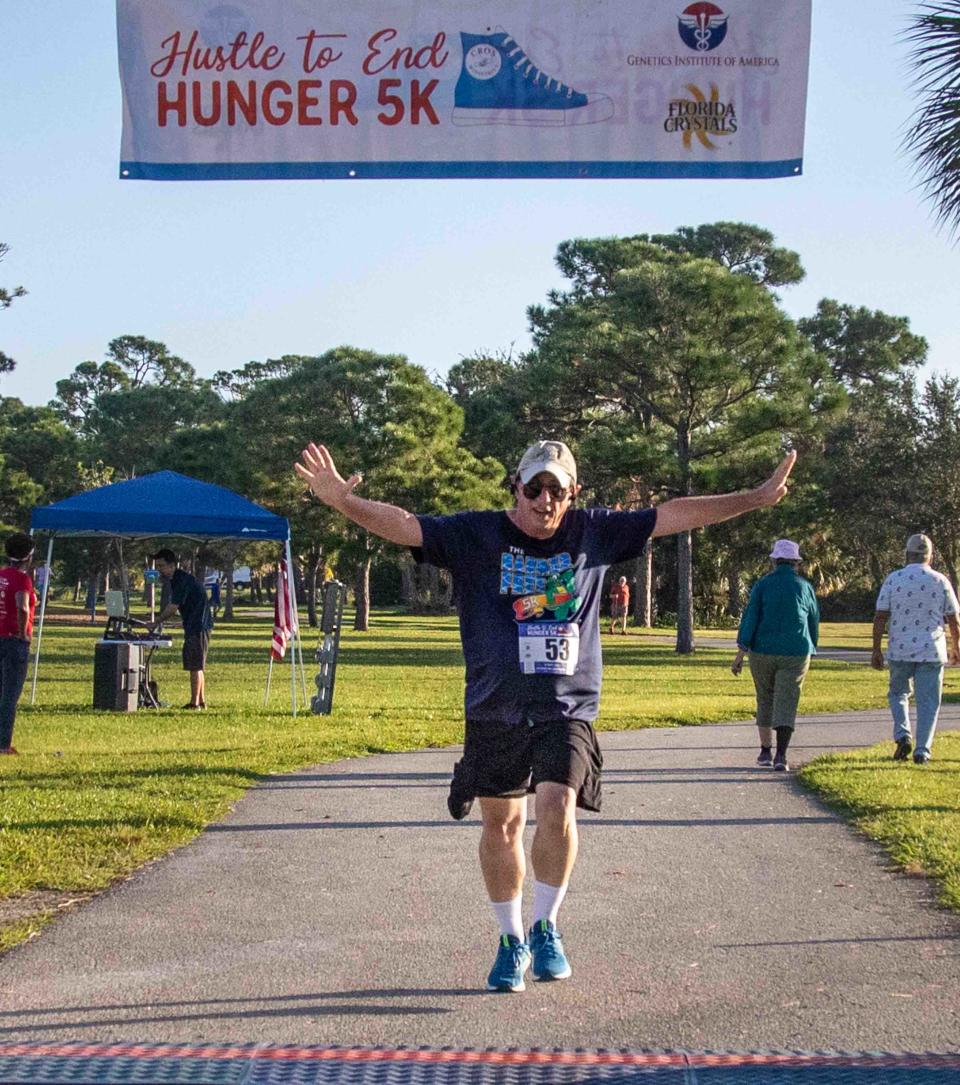
More on Parkinson's: Hall of Famer Richt's disclosure puts spotlight on Parkinson's disease
Instead, at 65 years old, I was left with a diagnosis of Parkinson’s disease and the knowledge that there was very little that could be done to keep it from marching forward to the point where just getting out of a chair could become a herculean effort.
Thousands diagnosed with Parkinson’s disorder every year
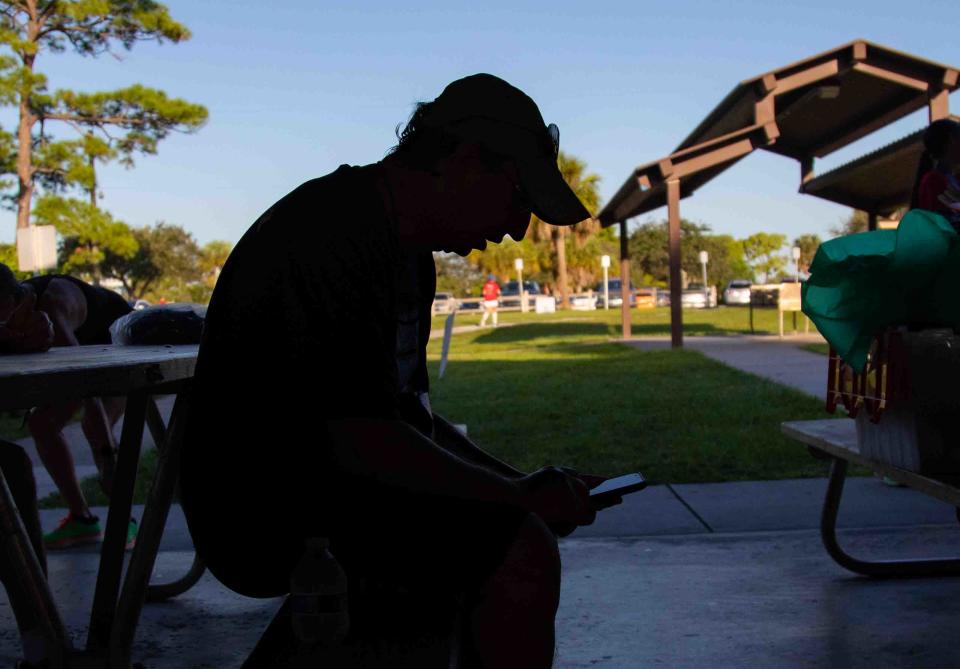
Each year, an estimated 90,000 Americans will be told they have Parkinson’s disease and not all will experience it the same way. Some of us will have those tremors that come and go. Others will have tremors that are almost constant.
The disease can manifest itself through stiffness in its victim’s movements and can temporarily paralyze patients, causing them to freeze, unable to move or speak. For a number of us, the symptoms are mild but for others they are aggressive.
Many of us will meet our new diagnosis with panic, fear, a bit of disbelief and oh, so many questions. Will Parkinson’s kill me or incapacitate me? If so, how soon before severe symptoms arrive? Will the disease keep me from taking care of my loved ones?
The good news — as a friend pointed out soon after my initial diagnosis — is that Parkinson’s doesn’t kill you. The bad news is that the falls that frequently partner with the disease, often will. On top of that, as most of us never forget, the symptoms will continue to get worse.
All is not doom and gloom however, especially for those like me who were diagnosed early in the process and have harnessed the benefits that come from a collection of exercises — from simple balance and posture routines to fast-paced aerobic workouts.
Parkinson's symptoms can be manageable
There are hopeful signs that with a manageable dose of physical activity, Parkinson’s in those who have recently been diagnosed, can be a “mild inconvenience,” at least for a while.
Up until a few years ago, it appears that little was documented about the possibility of delaying the diseases’ progression with exercise. Medications and other treatments have focused mostly on addressing the symptoms and have been largely successful.
New techniques such as deep-brain stimulation — which involves an implant that can reduce tremors and other involuntary movements — are revolutionizing how patients who couldn’t get out of bed can now stand up almost instantly after surgery and move much more freely.
Physical therapy programs, such as Rock Steady Boxing and LSVT BIG therapy, are now easily accessible, and treatments are evolving to minimize side effects and reduce the number of daily medications required.
All of this is good news; but what may be better news is research hinting that something as simple as moderate-to-strenuous exercise can slow the progression of the disease in patients who start their exercise regimen soon after diagnosis.
A three-year study led by the University of Colorado and published in 2018 concluded that high intensity exercise improved motor skills in the small group of patients in the program and could in fact have an impact on slowing disease progression. That study is now being replicated nationwide to include a larger sample.
Another study, from the Parkinson’s Outcome Project, has shown that about two to three hours a week of high-intensity exercise may help slow the progression. New research, published in July, may help explain what chemical processes exercise triggers in the brain to make that deceleration possible.
An exercise regimen that makes all the difference with managing Parkinson’s
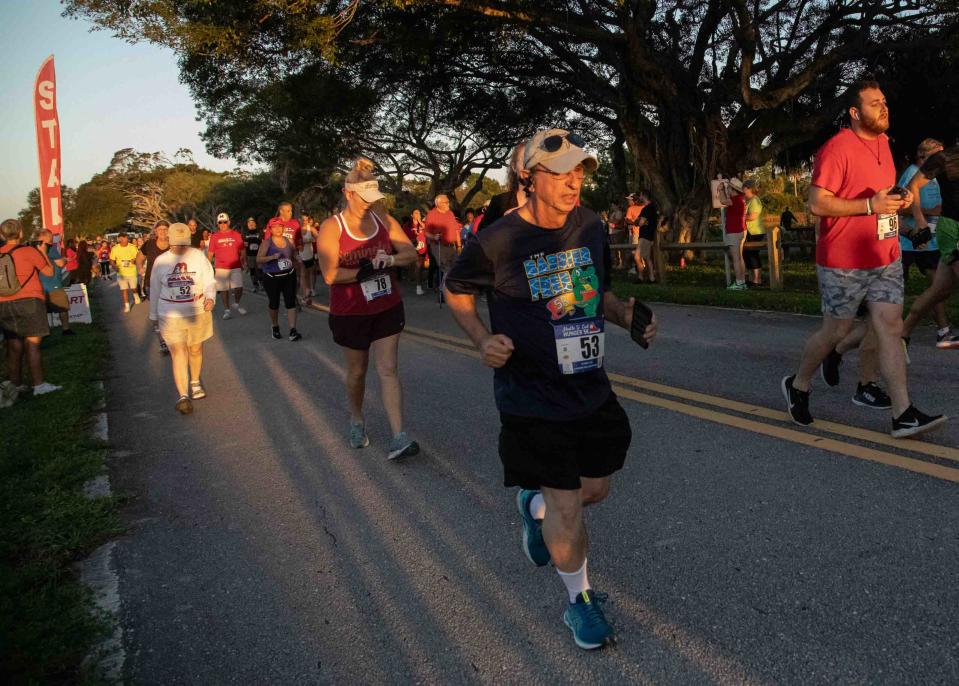
For me, exercise has been life-changing.
Following a diagnosis that included the words “slow and mild,” I embarked on a self-styled exercise routine to minimize the degradation of dopamine cells — neurotransmitters which once lost clear the path to increased symptoms. My routine:
I walk four miles a day — not all at once, but over the course of the day.
I hit the treadmill for at least 30 minutes three times a week, walking vigorously enough to get my heart rate up to 80% of my maximum heart rate
I take a half-hour spin class — an intense workout on a stationary bike with an instructor — once a week
I do physical therapy and take balance and posture classes
I work out with a trainer for strength and balance using TRX suspension equipment
I walk in 5k — 3.1 mile — races and am trying hard to be in the top three in the 70 and over category
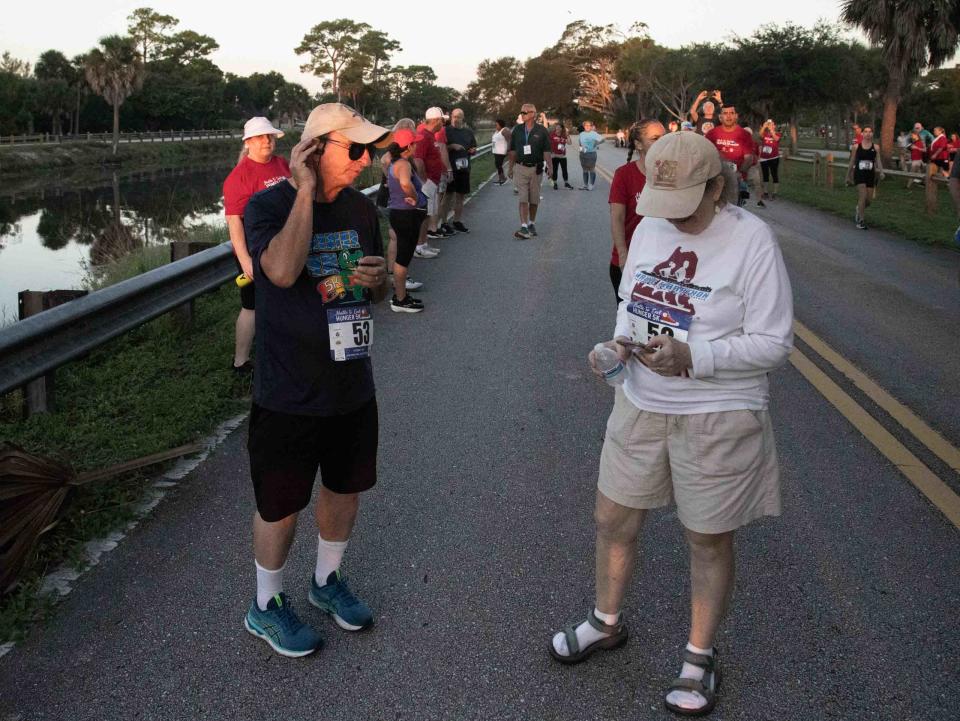
That I actually have a serious exercise routine — and that I’m sticking to it — surprises many who know me and even surprises me. For much of my adult life, I have lived a sedentary lifestyle, always feeling one seven-game World Series or Stanley Cup final away from becoming a full-blown couch potato.
Stealing a line from a friend, I jokingly explain that prior to my diagnosis the only exercise I did was jumping to conclusions.
The health plan that changed everything
Parkinson’s however, has been a great motivator. After researching online and reaffirming that exercise — especially walking — is beneficial for patients with many illnesses, I began to craft my program. I picked the brains of physical therapists who specialize in working with Parkinson's patients and talked to a handful of encouraging trainers at the YMCA in Boynton Beach, which officers programs specific to Parkinson's to its members.
Armed with their input, I came up with exercise specifics and goals to incorporate in my routine.
While there is no way to prove that it is my exercise routine that has been responsible for slowing my Parkinson’s, there’s no doubt that it — along with a now-reduced but not-totally eliminated junk-food diet — has made me healthier.
More: Foundation offers support, programs for those with neurological disorders
Since beginning my exercise routine, I have lost 15 pounds and I am lighter — and healthier — than I’ve been in decades. I am also confident that exercise is playing a large role in so far avoiding the need to control my tremors and other mild symptoms with medicine.
This month, I hope to compete in my 24th 5k — having averaged about one a month for the last two years — and to reach the goal of staying medication-free for five years. I also hope to pass the 8,000 miles walked mark (as tracked by an app on my phone) over the same time period. My goal has been 9,500 steps or four miles, every day.
I'm not saying this has been easy.
During the course of my exercise journey, there have been setbacks. I had surgery to implant a pacemaker. And then there was COVID-19. But I still work out, even on days when my brain doesn’t want to.
It’s important to note that while the exercise has helped tremendously, it hasn't taken the place of traditional therapies. And I'm doing it in conjunction with recommendations from my movement disorder physician (yes, that's a thing), my primary care doctor and an amazing physical therapist.
I also have the support of my wife, my family, even more professionals and the people like me. I have embraced and become embraced by other people with Parkinson's who are encouraging and willing to share information.
Parkinson’s isn't going away. It will always be part of my path. But I am not going to take it sitting down; instead I've learned I can push back — one spin class, one 5k and one 30-minute treadmill session at a time.
APDA Florida Optimism Walk
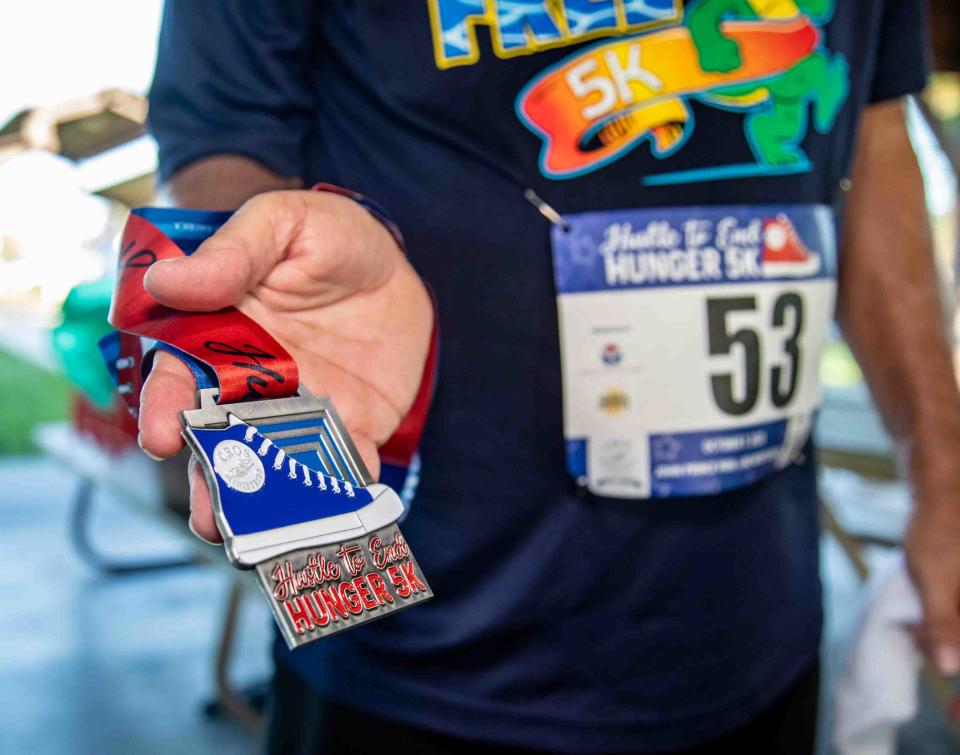
Where: Sunset Cove Amphitheater, 20405 Amphitheater Circle, Boca Raton
When: Sunday, Nov. 5; 9 a.m. check-in, 9 a.m.; ceremony, 10 a.m., walk to follow
Details: The walk route is one-mile and is wheelchair accessible. There also will be food trucks, family-friendly activities, community resources and more
To donate: Go to secure.qgiv.com/ event/apdaflorida2023walk; or mail a check to APDA Florida, PO Box 7990, Port Saint Lucie, FL 34985-7990
For more information: 954-952-0429
Rich Pollack is a Delray Beach-based newspaper journalist and writer. He is sharing his story, which he has previously kept private, in hopes of helping others cope with progressive diseases.
This article originally appeared on Palm Beach Post: Palm Beach County man manages Parkinson's symptoms with exercise

